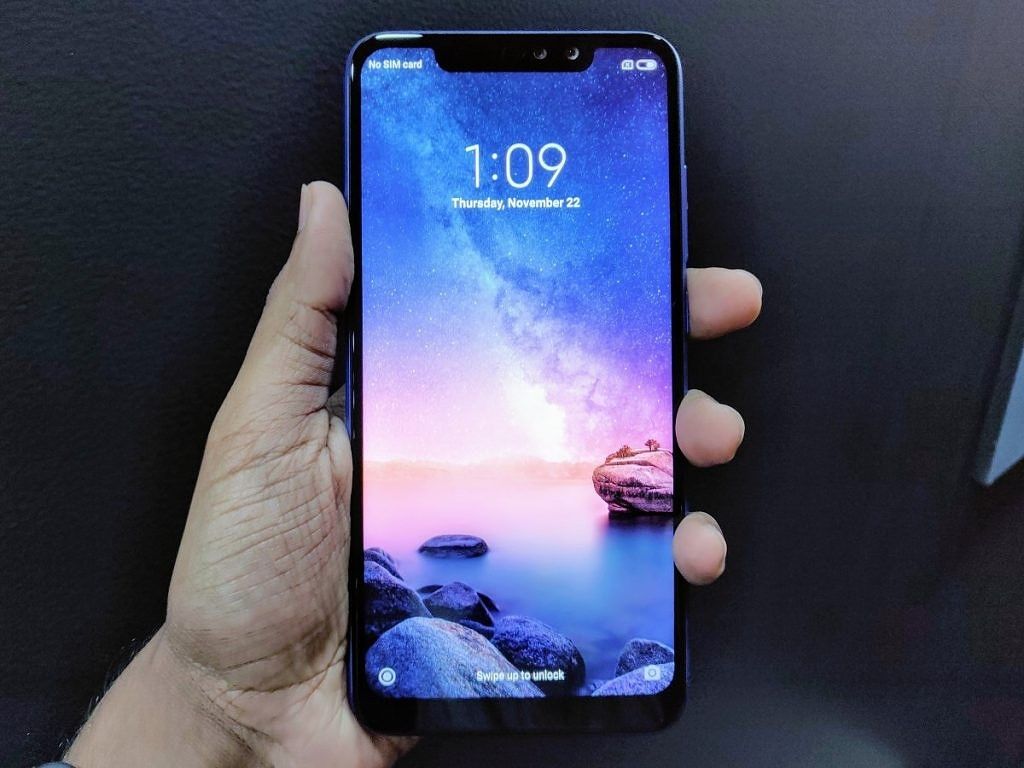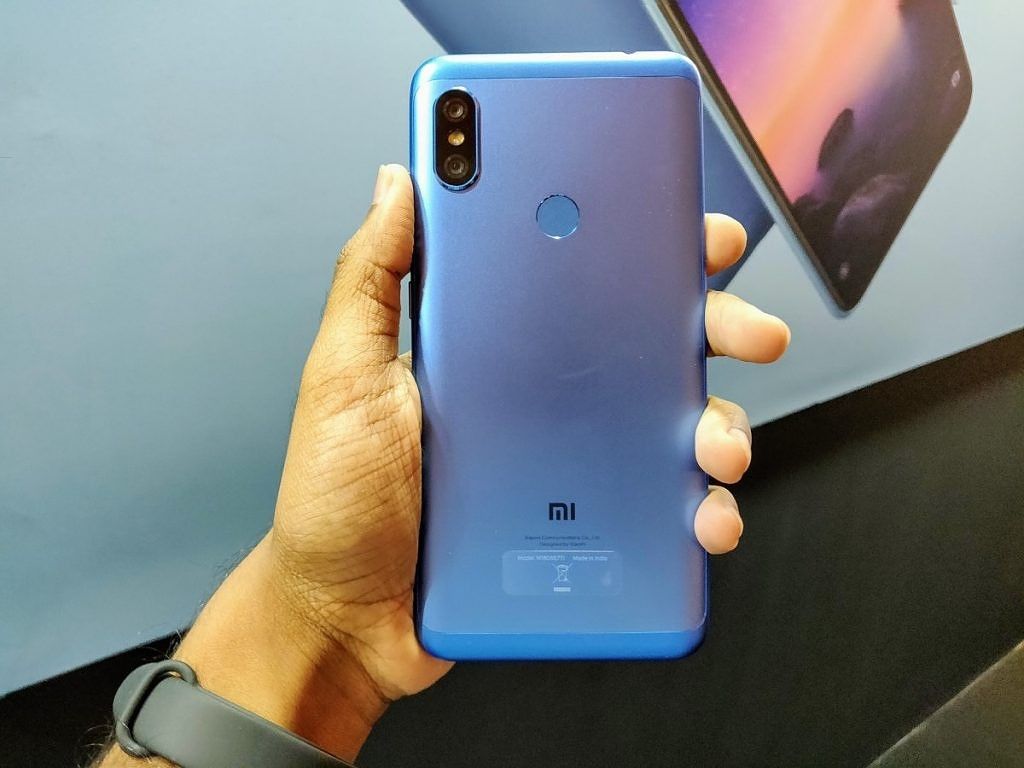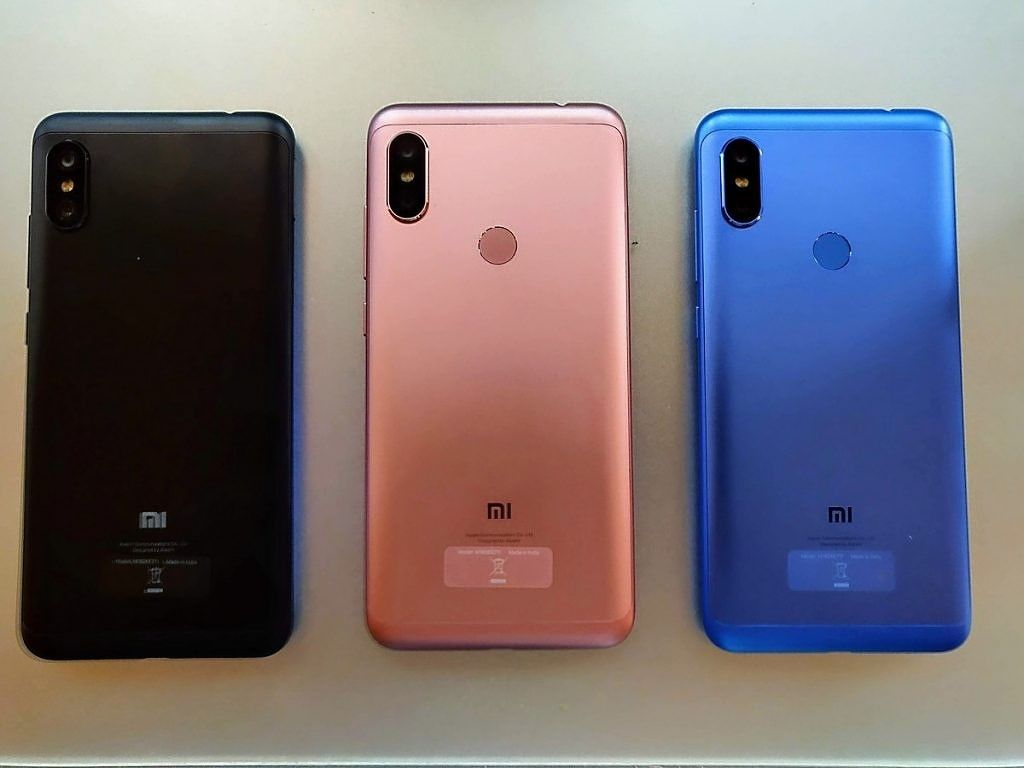

The Xiaomi Redmi Note 6 Pro was launched at an event in New Delhi today for a price of ₹13,999 for the 4GB RAM variant and ₹15,999 for the 6GB RAM variant. With the Redmi Note 6 Pro, Xiaomi is playing extremely safe, providing an incremental upgrade over the Redmi Note 5 Pro. The major point of difference in hardware is the notched display and a change in the camera setup on the device, while the addition of “AI” improvements to camera software will help it further improve its camera performance.

Xiaomi chose to retain the system-on-chip from the Redmi Note 5 Pro over onto the Redmi Note 6 Pro, which means that the Qualcomm Snapdragon 636 continues doing what it does best: providing a healthy mix of performance and battery life. The choice of SoC isn’t bad, per se — the Qualcomm Snapdragon 636 is a capable early mid-range SoC that should have no issues handling the average consumer’s workload at this price range. What makes this choice perplexing is that other OEMs are unlikely to opt for this SoC, and are more likely to choose the more powerful Snapdragon 660 (which has a higher clocked performance cluster @2.2GHz and a better GPU), as can be witnessed on the Realme 2 Pro. Xiaomi is justifying the decision to stick with the Snapdragon 636 by insisting on the all-round performance of the device; whereas the competition with the Snapdragon 660 starts skimping on quality, especially in the camera department.

What is even more perplexing, in my opinion, is Xiaomi’s decision to stick with a micro-USB port in late 2018. In my opinion, there simply is no reason why even the early mid-range in 2018 should continue sticking with this port and not adopt the better USB Type-C standard. The competition began adopting Type-C quite some time ago, and Xiaomi’s “budget flagship” lineup is now lagging behind on a key feature going into the new year. Xiaomi’s justification for this again goes back to the all-round performance of the device, when seen in conjunction with the increasing disparity in the dollar-rupee exchange rate. In order to maintain the price point and let it remain within the reach of its target audience, Xiaomi considered the benefits not to outweigh the cost of swapping in a USB Type-C port considering the goals that they had in mind for their product.

Xiaomi’s main selling point isn’t just one particular feature — it’s the all-round package. The Redmi Note 5 Pro was considered one of the better purchases if you cared for camera performance, and the Redmi Note 6 Pro attempts to improve on this further more. You now get a larger aperture setup on the rear, with larger micron pixels, dual Pixel autofocus and software additions and improvements like AI Scene Detection and Portrait Mode with Studio Lighting effects. The front camera gets a second sensor for depth-sensing, helping portraits to become even better.

When looked at in a vacuum, the Xiaomi Redmi Note 6 Pro is still a good smartphone. But alas, such a vacuum would disregard the state of the competition and even the phone’s predecessor. The competition has surpassed Xiaomi in this case in terms of pure specifications, and it is difficult to continue recommending the Redmi Note lineup when better alternatives exist.

The Black color variant of the Xiaomi Redmi Note 6 Pro comes with a black-tinted flexible clear case, while the other color variants come with a completely transparent flexible case in the box.
However, the spec sheet only tells a part of the whole story. What works in the Redmi Note 6 Pro’s favor is that it continues to improve on features that average consumers would prefer, and notice, an upgrade on. The notched display adds a level of “immersiveness” to the device (though it may be entirely useless for notification icons considering how MIUI handles notifications icons). The camera improvements would be the most noticeable to its target demographics.

What we also need to keep in mind is that the target demographics for the Xiaomi Redmi Note 6 Pro has changed from what the demographics of something like the Xiaomi Redmi Note 3 started off with. The Redmi Note 6 Pro does not aim to be a performance king — instead, it aims for performance levels that the average consumer would remain satisfied with. The Redmi Note 6 Pro does not aim to be brave and a revolutionary redesign — for it doesn’t need to; the legacy it incrementally builds on is massively successful for certain reasons, and Xiaomi is not trying to meddle with this balanced approach.

Xiaomi is riding on the success it built, and the Xiaomi Redmi Note 6 Pro doesn’t do anything fundamentally wrong for it to fall off the recommendation list of reviewers. Instead, the competition is slightly creeping upwards, and the gap between the budget king and the contenders for the throne is decreasing with every new release. How long until the gap closes and we get a new king?
Stay tuned for our review of the Xiaomi Redmi Note 6 Pro!
Visit the Xiaomi Redmi Note 6 forums



0 comments:
Post a Comment